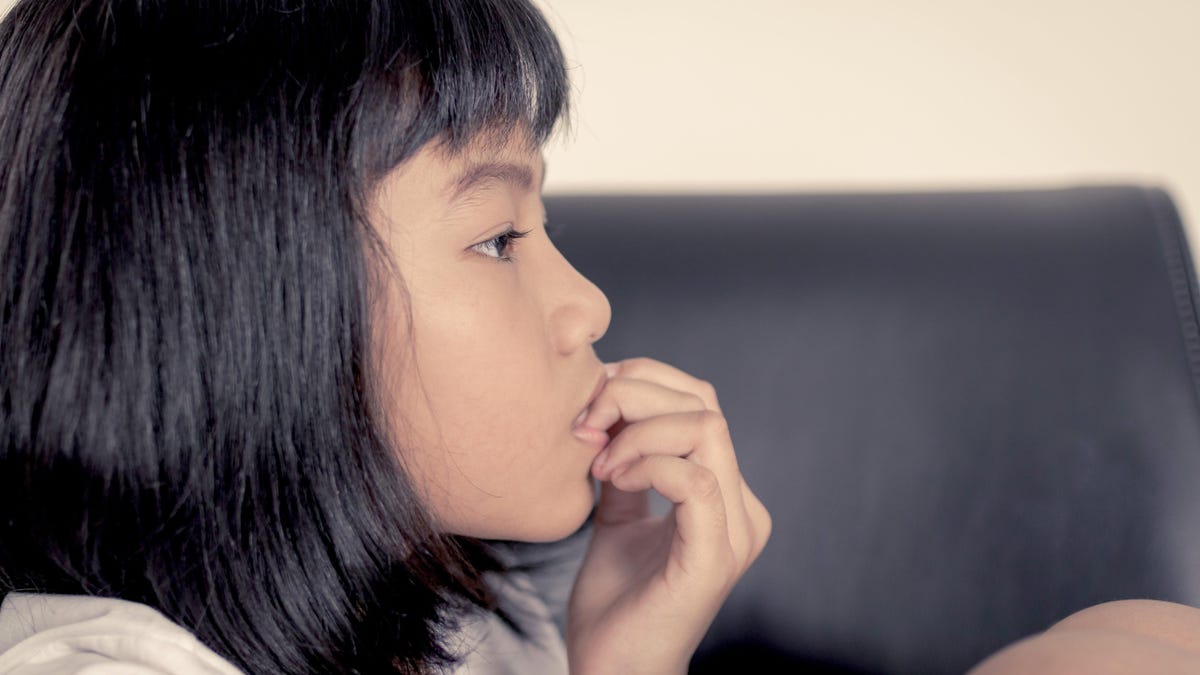How to Get Kids to Stop Biting Their Nails
If your child is a frequent nail-biter, it’s easy to jump to the conclusion that something may be amiss emotionally, or they’re the only kid with this annoying habit. But neither is (necessarily) true. According to Nemours KidsHealth, “An...


Photo: Treetree2016 (Shutterstock)
If your child is a frequent nail-biter, it’s easy to jump to the conclusion that something may be amiss emotionally, or they’re the only kid with this annoying habit. But neither is (necessarily) true. According to Nemours KidsHealth, “An estimated 30% to 60% of kids and teens chew on one or more fingernails. And, occasionally, a child may also bite his or her toenails.” Well, at least they’re not doing that. Still, it’s not a habit you want them to continue into adulthood.
Why do children bite their nails?
Nail biting and picking is one of the most common “nervous habits,” a category that includes nose-picking, hair twisting and thumb-sucking. (Technically, nail biting is referred to as a BRFB or, “body-focused repetitive behavior.”) And—much to my relief, having a child who bites their nails on the soccer field—it’s not usually a sign of a deeper issue. Most often, it’s an involuntary response to being curious, bored, or mildly anxious.
(That said, according to HealthDay, “if his fingertips are ragged and bloody, or if in addition to biting his nails, he picks his skin, tugs on his eyelashes, or is not sleeping well,” you should reach out to a counselor or doctor.)
Are there any negative effects to nail-biting?
Besides the obviously annoying sight and sound of someone gnawing on their hand skin like a squirrel that just got out of jail, there are some potential undesirable health effects. As the Mayo Clinic tells us, nail biting can:
Damage the skin around the nail, increasing the risk of infectionIncrease the risk of colds and other infections by spreading germs from your fingers to your mouthHarm your teethSo while it doesn’t pose any urgent or dire health risks, you’ll want to nip the habit in the bud sooner rather than later.
Strategies to help a child stop nail-biting
First off: what not to do. Calling excessive negative attention to the habit will only make it worse, so avoid embarrassing, punishing, or shaming them by calling the habit “gross” or asking things like, “Why do you do that?” Snapping, getting angry, or swatting their hand will only make them feel like they’ve done something wrong, causing more anxious feelings.
Start by discussing it calmly and neutrally, with an observation or question. “I’ve noticed you often bite your nails. Does that hurt your fingers? Is that something you’d like to stop doing?” You’re not likely to get very far until you have their buy in, so work on that first. If they’re not willing, putting undue stress or expectation on them stopping could worsen the habit. When they indicate they’d like to quit, the following strategies can help:

 ValVades
ValVades 
























.jpg&h=630&w=1200&q=100&v=f776164e2b&c=1)






